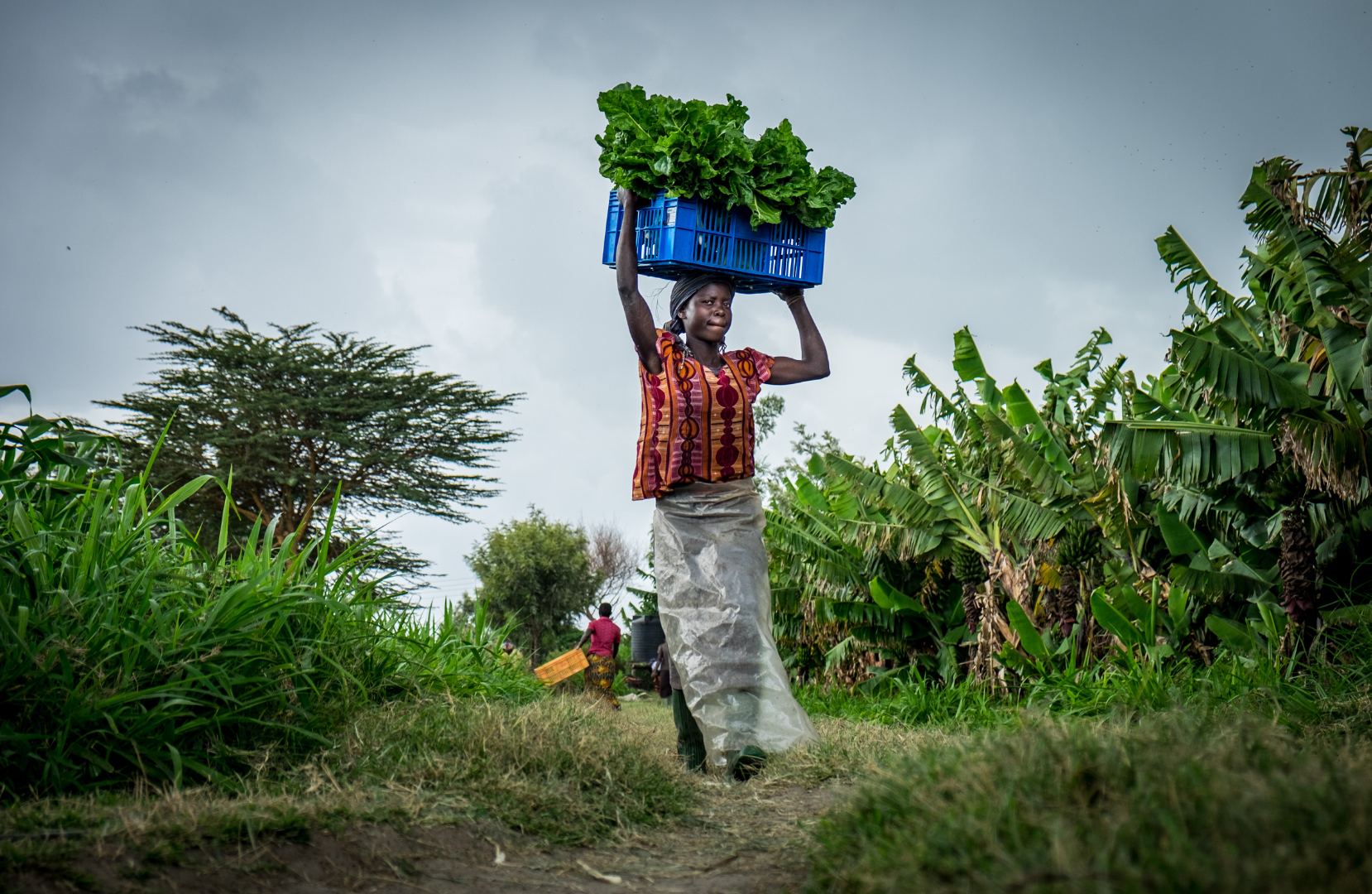Improving the Farm Chicken Business Performance of Women Cooperatives in Mahdia, Tunisia
How is the situation regarding rural women in Tunisia
- 32,4% of Tunisian women live in rural areas (Ministry of Agriculture, 2012)
- Women make up 70% of the Tunisian agricultural workforce but are paid between 20 and 30% less than men and have minimal access to social protection. (Tunisian National Institute of Statistics)
- In addition to meager pay, female farmworkers face significant risks from unsafe transportation methods.
- Over the past five years, 40 deaths and 530 injured women (the Tunisian Forum for Economic and Social Rights)
National strategy to deal with this issue – Focus on Farm Chicken Breeding
The “National Strategy for the Economic and Social Empowerment of Rural Women and Girls, 2017-2020” program promotes women’s economic and social empowerment and participation in local governance and improving their quality of life.
The Tunisian Union of Agriculture and Fishing (UTAP) is essential in promoting these objectives by providing technical and economic training in agriculture, particularly Farm chicken breeding.
In Mahdia Rural areas, poultry farming is traditionally conducted mainly by rural women at home.
In rural areas, the government’s strategy involves establishing communities of women engaged in poultry farming. This is achieved by forming Agricultural Development Groups, akin to cooperatives, led by these women. The primary goal is to boost their incomes and mitigate the risks associated with transportation.
Main problems encountered by women’s cooperatives in Tunisia
1. Lack of Marketing practices know-how, e.g., packaging, branding
Without a solid understanding of these crucial aspects, cooperatives struggle to effectively present and promote their products in the market, potentially hindering their overall success and market penetration.
2. Difficulties of access to the market
This can be attributed to various factors, including limited distribution networks, insufficient market linkages, or geographical barriers. Without proper market access, cooperatives may find it challenging to reach a broader customer base and generate sustained sales for their products.
3. Low value addition
Many women cooperatives face the problem of low-value addition to their products. Value addition involves enhancing the quality or features of a product, making it more appealing to customers. The lack of value addition can limit the competitiveness of cooperative products in the market, leading to lower profit margins.
Solutions proposed for these cooperatives
1. Marketing strategy
Facilitate the elaboration of profitable Business Model :
This involves providing support to women’s cooperatives in developing business models that are financially viable and sustainable.
Labeling (Local brand+ Packaging): This solution focused on improving the visual and marketing aspects of products to attract consumers and communicate the unique identity of the cooperative.
2. E-commerce
Digital Marketing in a professional way :
Professional digital marketing strategies can enhance the online presence of women’s cooperatives, reaching a wider audience and potentially tapping into new markets.
3. Market links
Contracting with local supermarkets: By securing contracts with supermarkets, women’s cooperatives can ensure a consistent and broader distribution of their products.
Participation in Trade fairs: Actively participating in trade fairs provides an opportunity for women’s cooperatives to showcase their products, network with potential buyers, and build valuable connections within the industry.










































































